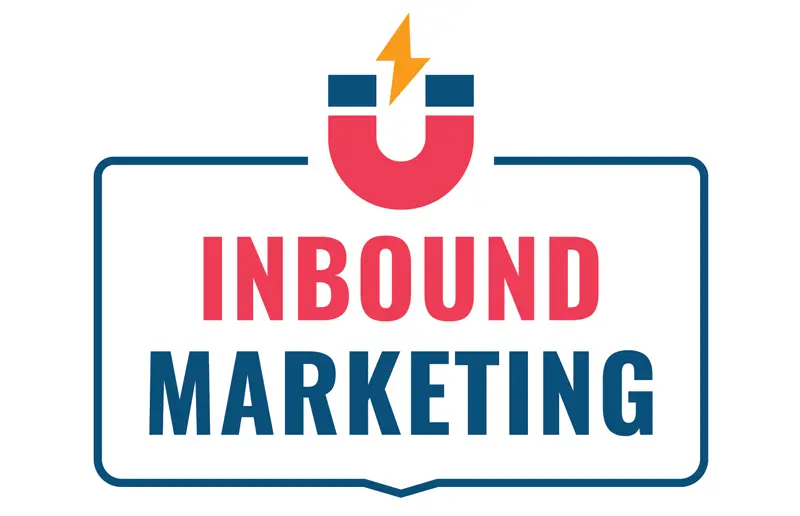Inbound marketing is a marketing process that consists of getting customers to come to your brand rather than going out to find them. This way of approaching future clients totally changes the nature of the relationship with them. The classical sales cycle is changed from beginning to end. The goal of inbound marketing is to work step-by-step on the maturation of targeted personas. Find out how an email signature can be a good means of communication and can be used to create inbound marketing campaigns.
Step #1: Attract the right visitors to your website
The goal is to win over targets that might be interested in the service or product on offer. We recommend creating a buying journey scenario for each persona identified and producing content on your business expertise in line with the scenario you’ve come up with. Here are some of the most important tools to attract qualified visitors to your site:
- Creation of high value-added content on your website and blog. Educational and expert content that meets prospects’ needs.
- Natural referencing optimisation. Each potential customer starts their online buying process by using a search engine. Being referenced naturally has more impact than appearing on Google ads, although the two are complementary.
- Programming of highly targeted webmarketing campaigns in order to avoid an excessive bounce rate.
- Audience development of your communities on the networks in order to promote your company’s articles, brand and backstage operation.
Step #2: Turn visitors into customers
Once you’ve attracted visitors to your site, the next step is to convert them into potential customers by collecting their contact information, their email addresses at minimum. To get your visitors to give you this information, you need to offer them something interesting in return. The “gifts” you can offer them can be eBooks, white papers or any content that’s interesting and useful to your customers. Here are three tools that will help you convert your visitors into potential customers:
- Call-to-action. Calls-to-action are buttons or links on your website that encourage your visitors to take action. Actions such as “Download a white paper” or “Request a demo” will help you generate leads.
- Landing pages. When visitors click on a call-to-action button, they’re automatically redirected to a landing page, where the offer in question is presented. The prospect gives their contact information and your sales team can then use it to start a conversation with them.
- Email are a good way of extending commercial relationships and optimise customer acquisition.
How do you integrate inbound marketing into your email signatures?
Imagine your email signatures as a communication channel in its own right for your marketing content and inbound marketing campaigns:
1- At the beginning of the sales cycle. The email banner visual will highlight a white paper or demo invitation, or any content strategy that aims to qualify your prospects and familiarise them with your company.
2- At the end of the sales cycle, when the prospect has become a customer. The email signature will be different. Instead of a white paper or a webinar, it will provide content intended to build customer loyalty and generate word-of-mouth: a video to share, for example, or a link to a sponsorship offer, etc.
Some ideas for creation of your visuals in inbound marketing:
- Personalise signatures according to recipient (provide the right content at the right time),
- Highlight your blog posts,
- Demonstrate your expertise on your market, etc.
